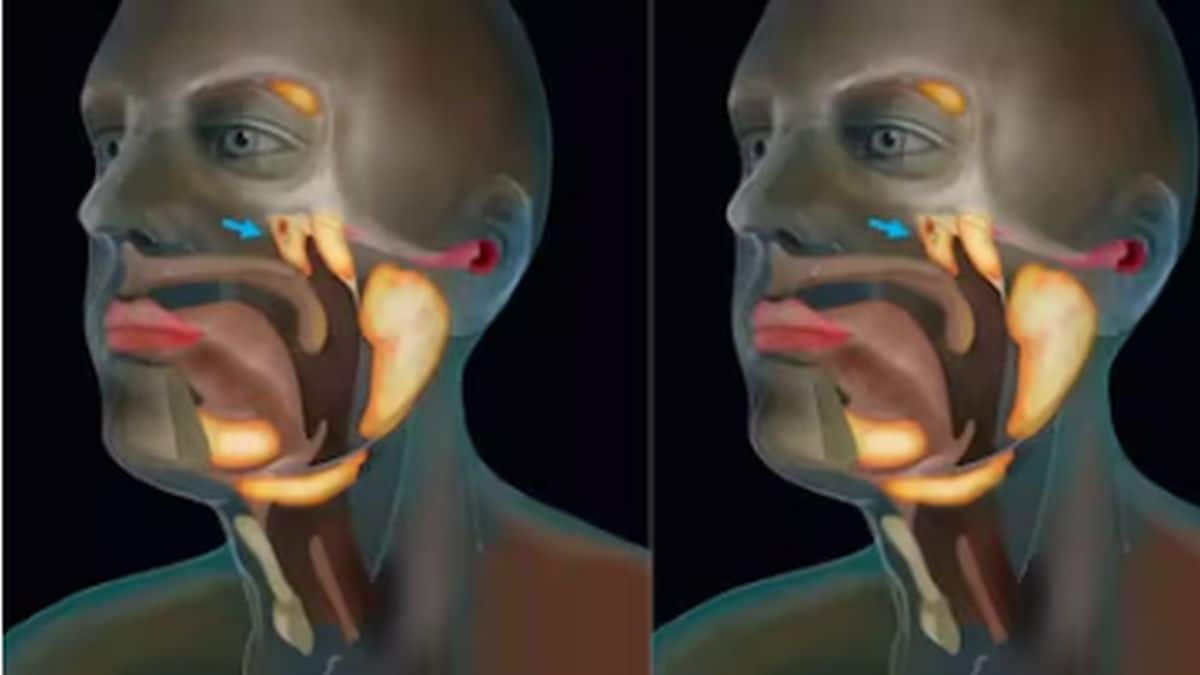With the threat of COVID-19, even a small cough can worry people around you. But not all cough the same. Sometimes coughing can help in maintaining a clear airway. Normally, whenever there is an irritation in the larynx (voicebox), airways or lungs, the cough-promoting sensory nerves get activated. These nerves transmit the information about the stimulus to the brain, where the information gets modified into a response — the breathing muscles go into action and produce a cough. Sometimes the response from the brain may also include tickling in the throat, which allows you to either suppress or enhance the cough willingly. Earlier, it was thought that all the sensory nerves associated with coughing are present in a single area. But a recent study, published in The Journal of Physiology on 7 October 2020, stated that there are separate regions of the brain that get activated while giving a response for a good cough and a bad cough. Are there different types of cough? Whenever you choke on an object, your sensory nerves get activated and make you cough it out — this is a good cough. A good cough ensures that your airways are clean and your lungs are healthy. However, a bad cough can be a sign of an underlying disease such as tuberculosis or asthma. Apart from a good cough and a bad cough, there are various other types of cough: 1. Dry cough: A dry cough is a non-productive cough which does not produce any mucus or phlegm. 2. Wet cough: A wet cough sounds low and heavy and is also called productive cough as there is a production of mucus. However, wet cough is the body’s effort to expel the mucus out from the lungs. 3. Whooping cough: Whooping cough is a very harsh form of cough in which the person gasps for air between coughs. Whooping cough is usually seen in bacterial infections but they can also be a sign of pneumonia, asthma attacks, chronic obstructive pulmonary disease (COPD) and tuberculosis. 4. Burning cough: Those with gastroesophageal reflux disease (GERD), acid reflux or heartburn would present with this type of cough. In this type of cough, one experiences a burning sensation in their throat as they are usually coughing up stomach acid. 5. Phlegm-containing cough: Phlegm is a different form of mucus. While mucus prevents the entry of foreign particles and disease-causing microbes into the lung tissues, phlegm has all these foreign particles and microbes embedded in it. Mucus is usually white in colour and phlegm may be of different colours such as green, black, brown or pink. Studies to determine the centres of good cough and the bad cough in the brain It is believed that there are two sensory complexes — rapidly adapting receptors (RARs) and C fibre receptors — that respond to various stimuli and initiate coughing. For this study, scientists from different universities in Australia asked the participants to inhale three different types of stimulus to initiate coughing in participants; 1. Capsaicin: Capsaicin is an active component of hot chilli peppers. These peppers are known to activate the sensory nerves present in the airway, which are involved in coughing. 2. Adenosine triphosphate (ATP): ATP is usually known as the energy molecule of the cells but it also activates one of the two subsets of sensory nerves that are involved in coughing. 3. Saline: Commonly known as a salt solution, saline was used as a control stimulus as it does not activate any sensory nerves and thus does not lead to coughing. Participants were exposed to these stimuli repeatedly and high-resolution brainstem scans were collected during the exposure. The aim of the experiment was to identify the location of the nerve response to capsaicin and ATP in the brainstem. Results of the study The results of the study showed that the capsaicin activated two regions of the brain; the nucleus of the solitary tract and the paratrigeminal nucleus area (found in the brainstem), whereas inhalation of ATP only activated the nucleus of the solitary tract. These two regions in the brain are known to evoke a respiratory response in the body. Scientists believe that with this study, they will be able to find the brain pathway that causes chronic cough in people. For more information, read our article on Cough. Health articles in Firstpost are written by myUpchar.com, India’s first and biggest resource for verified medical information. At myUpchar, researchers and journalists work with doctors to bring you information on all things health.
A recent study stated that separate regions of the brain get activated during a good cough and a bad cough
Advertisement
End of Article


)

)
)
)
)
)
)
)
)



